
The issues within America's education system today.
- Subject:
- Education
- Material Type:
- Module
- Primary Source
- Author:
- Natalie Rose
- Date Added:
- 11/30/2020
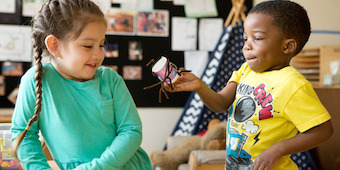

The issues within America's education system today.
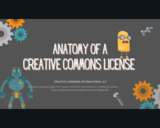
A brief overview of the six Creative Commons licenses and how each works.
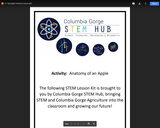
In this place-based lesson, students will dissect an apple fruit to learn more about its different parts. Includes activity instructions, extension activities, songs and rhymes, anatomy of an apple student worksheet, and sink or float student worksheet.
NGSS: K-ESS3-1, 1-LS1-1
Time: 30 minutes
Materials: "Apples Grow on Trees" or other book about apples, knife, cutting board, at least three apples, apple parts tray, and apple dissection worksheet.

Instructional sequences are more coherent when students investigate compelling natural phenomena (in science) or work on meaningful design problems (in engineering) by engaging in the science and engineering practices. We refer to these phenomena and design problems here as ‘anchors.’Here is a tool to assist in determining if the elements of the anchoring phenomenon are strong or could use some additional thinking. Original works can be found at NextGenStorylines.org
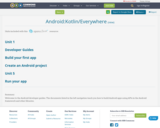
Welcome to the Android developer guides. The documents listed in the left navigation teach you how to build Android apps using APIs in the Android framework and other libraries.

Proposta d'activitat sobre la creació d'un conte propi per a segon cicle d'educació infantil.

Animals are an important part of the ecosystem. They help to maintain the balance of nature by providing food for other animals, by pollinating plants, and by dispersing seeds. Animals are also important to humans, as they provide us with food, clothing, and companionship.However, animals are facing a number of threats, including habitat loss, climate change, and pollution. These threats are causing the decline of many animal species, and some species are even facing extinction.It is important to conserve animals and to protect their habitats so that future generations can enjoy them.
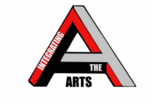
This resource was created by Cheyanne Jessen, in collaboration with Dawn DeTurk, Hannah Blomstedt, and Julie Albrecht, as part of ESU2's Integrating the Arts project. This project is a four year initiative focused on integrating arts into the core curriculum through teacher education, practice, and coaching.
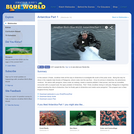
In this video, Jonathan treks all the way to Antarctica to investigate life south of the polar circle. Along the way he dives in the majestic kelp forests of Patagonia, where crabs rule the sea floor. Once he arrives in Antarctica, his adventures continue. He swims with penguins, dives under an iceberg, meets a massive jellyfish 3 feet wide, and has an incredible encounter with a Leopard seal, the apex predator of Antarctica. Part 1 finds Jonathan diving in Ushuaia, Patagonia in Argentina before boarding the ship to Antarctica, then he finally gets to Antarctica and meets some penguins! This program won a New England Emmy Award! Please see the accompanying lesson plan for educational objectives, discussion points and classroom activities.
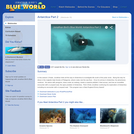
In this video, Jonathan treks all the way to Antarctica to investigate life south of the polar circle. Along the way he dives in the majestic kelp forests of Patagonia, where crabs rule the sea floor. Once he arrives in Antarctica, his adventures continue. He swims with penguins, dives under an iceberg, meets a massive jellyfish 3 feet across, and has an incredible encounter with a Leopard seal, the apex predator of Antarctica. Part 2 finds Jonathan continuing his exploration of Antarctica including an encounter with a Leopard seal. This program won a New England Emmy Award! Please see the accompanying lesson plan for educational objectives, discussion points and classroom activities.
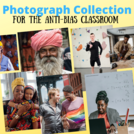
This collection was inspired by Ellen Wolpert's article about anti-bias work with younger students. Her article suggests that teachers should keep a collection of non-stereotypical photos of people doing regular things that can be referenced to stimulate class discussion or address biased language with young children.
The photos in this growing collection are organized into (Google Drive) folders inspired by categories mentioned by Ms. Wolpert: Race, Age, Physical Abilities, Gender Roles, Families/Sexual Orientation, Jobs, and Ethnicity. Each folder contains different photographs curated from various Creative Commons websites, including Unsplash, Pixabay, and Pexels. Currently there are 80 photographs in the collection. They have been assembled here for your convenience and represent many hours of searching, downloading, and editing.
Reference: Wolpert, E. (2006). Photo picture cards: A key tool for the anti-bias classroom. In Lee, E., Menkart, D., & Okazawa-Rey, M. (Eds.) Beyond heroes and holidays: A practical guide to K-12 anti-racist, multicultural education and staff development (3rd ed., pp. 211-214).
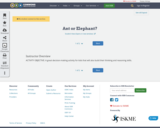
ACTIVITY OBJECTIVE: A great decision-making activity for kids that will also build their thinking and reasoning skills.
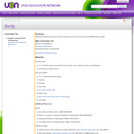
Students will read and observer ants to discover how ants are the same and different than people.
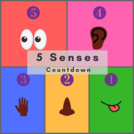
Strategy for reducing anxiety that may cause inattention and zoning out in triggering situations.

The ceremony of placing wreath on the grave of Atatürk, the father of the Turks.
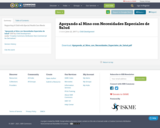
Supporting A Child with Special Health Care Needs
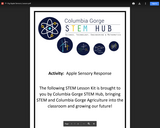
In this lesson, students will explore apples using their five senses. Includes activity instructions, extension activities, songs, and apple and five senses realted reading list.
NGSS: K-ESS3-1, 1-LS1-1
Time: 30 minutes
Materials: "Apples Grow on Trees" or other book about apples.

Developed in partial fulfillment of doctoral studies.
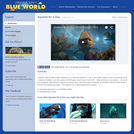
In this video Jonathan visits the New England Aquarium as a volunteer aquarist for a day to learn what it takes to care for thousands of fish in dozens of exhibits, up to the massive 200,000 gallon Giant Ocean Tank (GOT). What he finds is an eye openerŰÓitŰŞs not all fun and games. Maintaining an aquarium is serious work. But it does have its benefits, as Jonathan discovers while diving in the GOT and feeding the sharks. This segment won a New England Emmy Award! Please see the accompanying study guide for educational objectives and discussion points.
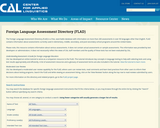
The Arabic Course Achievement tests measure reading, writing, listening and speaking skills, as well as grammar and vocabulary. The exams can be administered to students of all proficiency levels in PK-12 schools as well as college. The length of the exams is 1-2 hours and can be scored by a computer or a locally trained scorer. The intended test use can be for placement, credit by examination, achievement, and or fulfilling a requirement.